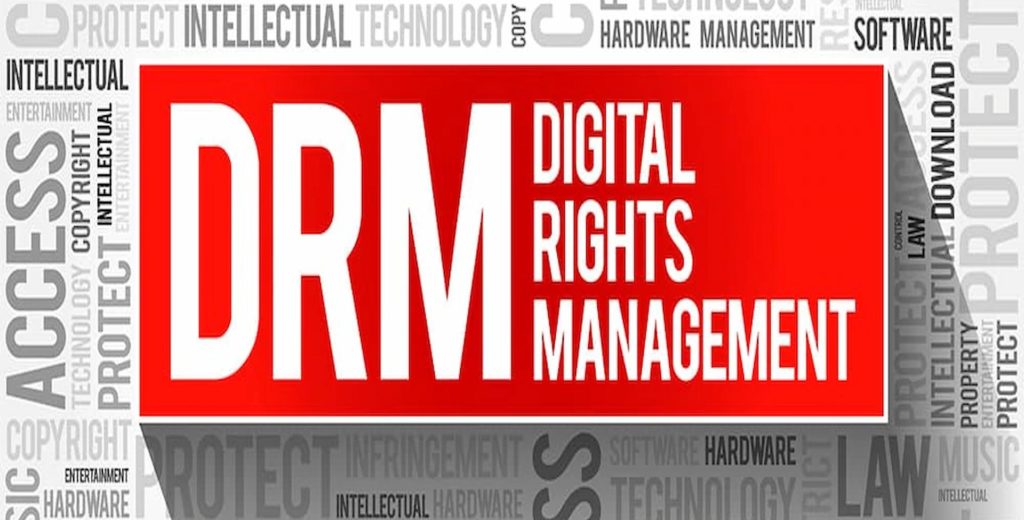
The Role Of AI In Improving DRM And Watermarking Technology
Artificial Intelligence (AI) has the potential to greatly improve DRM and watermarking technology by providing advanced methods of detecting and preventing piracy. Here are some ways that AI can be used to improve DRM and watermarking technology:
- Content Recognition: AI can be trained to recognize specific pieces of content and identify any unauthorized copies of that content. This can help prevent piracy by flagging any unauthorized use of the content.
- Automated Watermarking: AI can be used to automatically add watermarks to digital content. This can help protect the content from piracy by making it more difficult to remove the watermark.
- Real-Time Monitoring: AI can be used to monitor digital content in real-time and detect any unauthorized distribution of that content. This can help prevent piracy by identifying the source of the unauthorized distribution.
- Predictive Analytics: AI can be used to analyze data and predict potential security breaches before they happen. This can help prevent piracy by allowing companies to proactively address potential vulnerabilities.
- Personalization: AI can be used to personalize DRM and watermarking technology based on individual user behavior. This can help improve user experience while also providing additional layers of security.
Anti-piracy measures are designed to prevent the unauthorized distribution of digital content. Piracy refers to the unauthorized use, copying, or distribution of digital content. Anti-piracy measures are put in place to prevent piracy by making it difficult for users to make unauthorized copies or distribute the content.
DRM and anti-piracy are important because they help protect the intellectual property rights of content creators and distributors. Without these measures, it would be much easier for users to make unauthorized copies of digital content and distribute it to others, which could result in significant financial losses for content creators and distributors.
In addition to protecting the financial interests of content creators and distributors, DRM and anti-piracy also help protect the quality of digital content. By ensuring that only authorized users can access the content, content creators and distributors can ensure that the content is used in the way it was intended and that the quality of the content is not degraded by unauthorized use or distribution.
There are several different types of anti-piracy measures, including digital watermarking, copy protection, and legal action against infringers. Digital watermarking involves embedding a unique identifier into the digital content that can be used to track the content and identify infringers. Copy protection involves using DRM or other technologies to prevent users from making unauthorized copies of the content. Legal action against infringers can include civil lawsuits or criminal prosecution.
By leveraging AI, companies can greatly improve their DRM and watermarking technology and better protect their digital content from piracy and unauthorized distribution. It’s important to continue to invest in and research AI-based security solutions to stay ahead of emerging threats in the digital world.